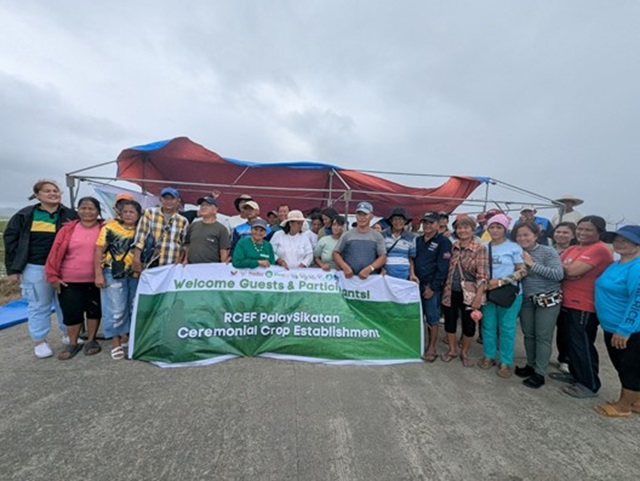
As communities across Aurora province grapple with the aftermath of Super Typhoon Pepito, Casiguran farmers remain resilient showing their willingness to try the walk-behind rice transplanter introduced in a ceremonial crop establishment, Dec. 16-17.
Jaime E. Bautista, 65, who faced a dramatic 73% reduction in his rice harvest, praised the machine’s cost-efficiency during the PalaySikatan 2.0 technology demonstration of the Rice Competitiveness Enhancement Fund.
“I usually spend about P10,000 per hectare for 25 laborers. With this walk-behind transplanter, I only spent P3,000 per hectare, which is the cost for six laborers and diesel oil,” said Bautista, chairman of the Esteves Farmers Association.
Bautista’s 2.3-ha farm produced only 4t this season, down from 15t in a typical year.
While the aftermath of Super Typhoon Pepito has left rice fields submerged and caused widespread devastation, Bautista remains hopeful.
“We can’t prevent natural disasters, but we can adapt. I encourage my fellow farmers to try this technology to save money and time,” he urged.
Ederlina T. Solis, 56, experienced similar setbacks, with her harvest dropping from 5t/ha to just 3t due to a pest outbreak followed by the typhoon
Bautista and Solis said that the introduction of the walk-behind rice transplanter is one of the ways to help farmers gradually recover and sustain their livelihoods despite challenges.




